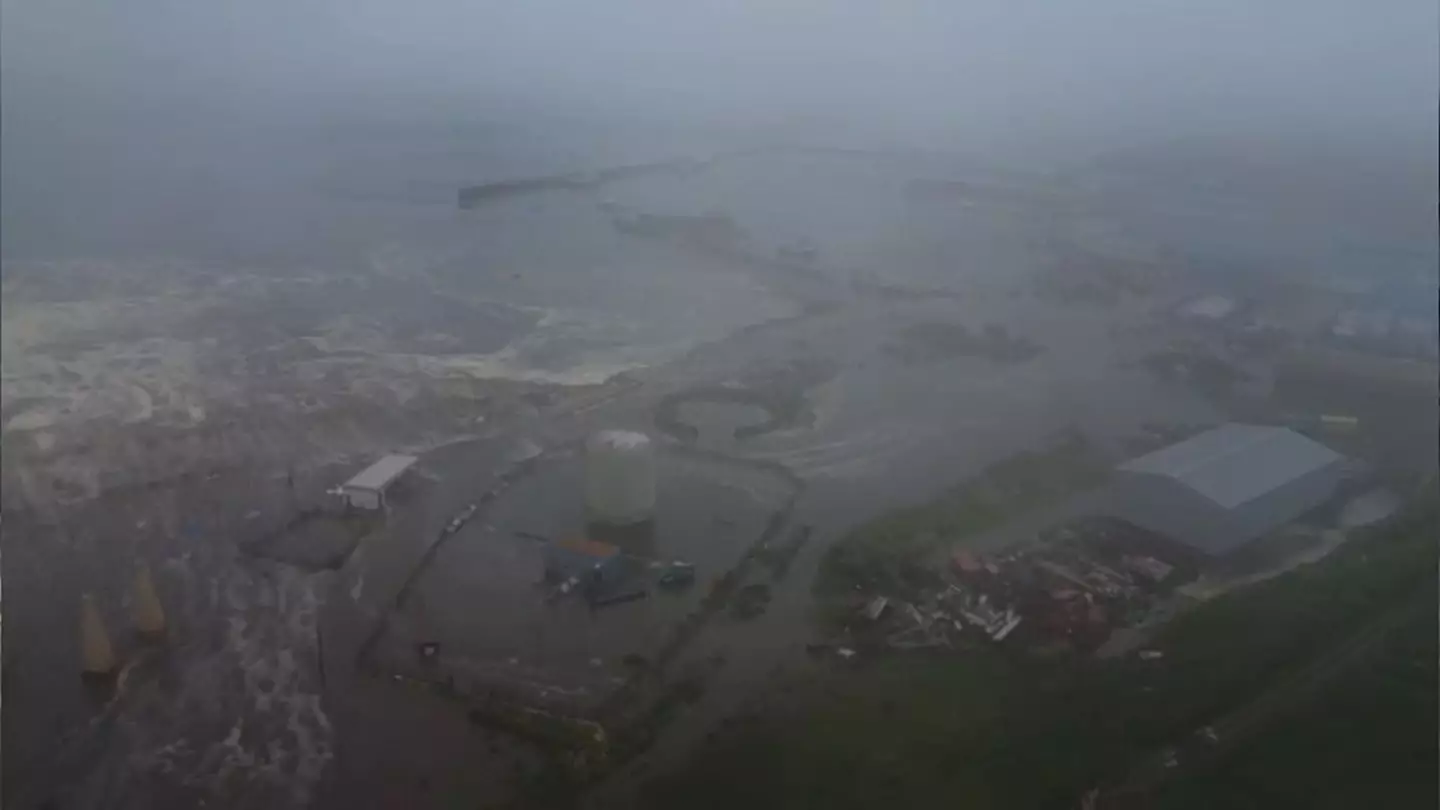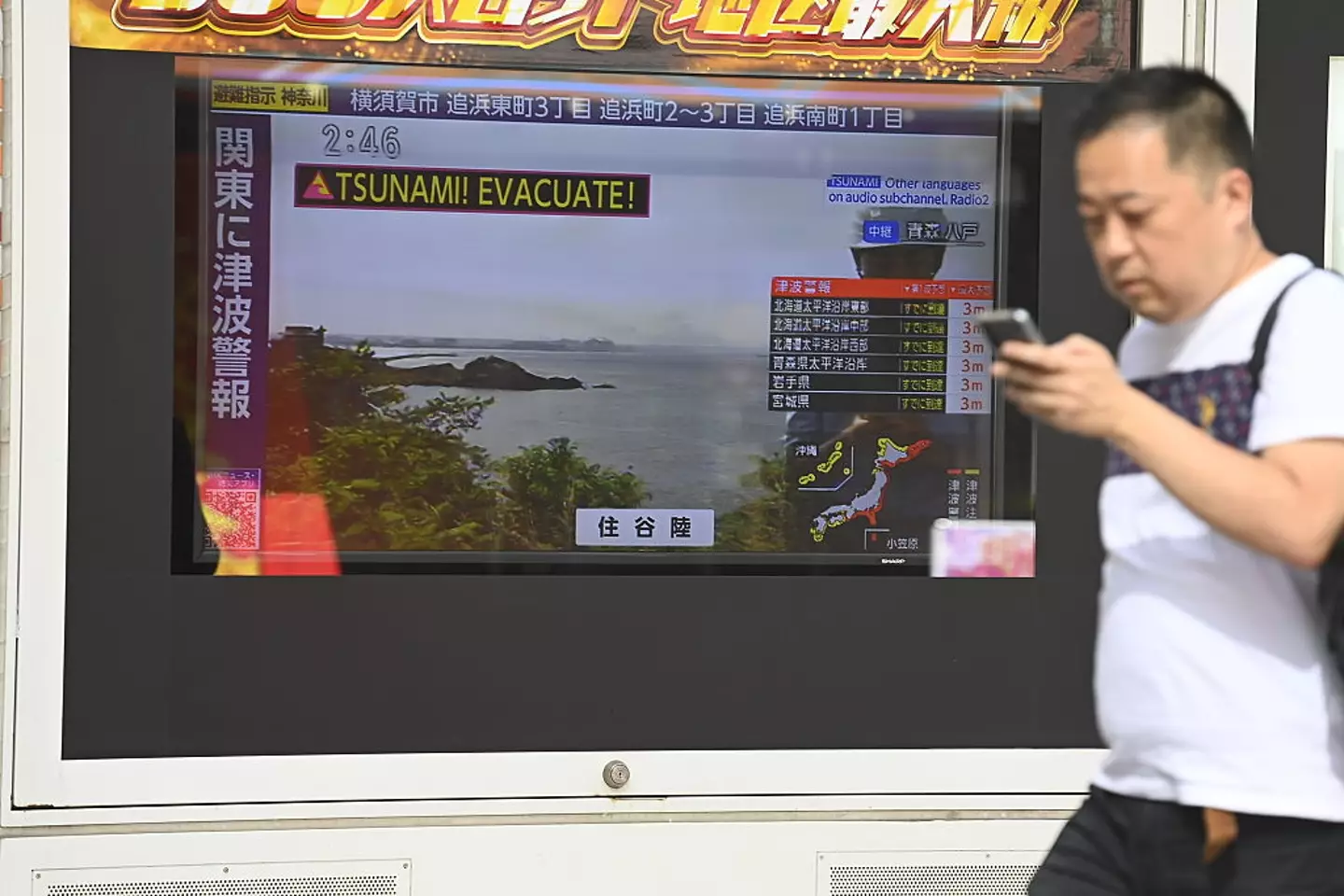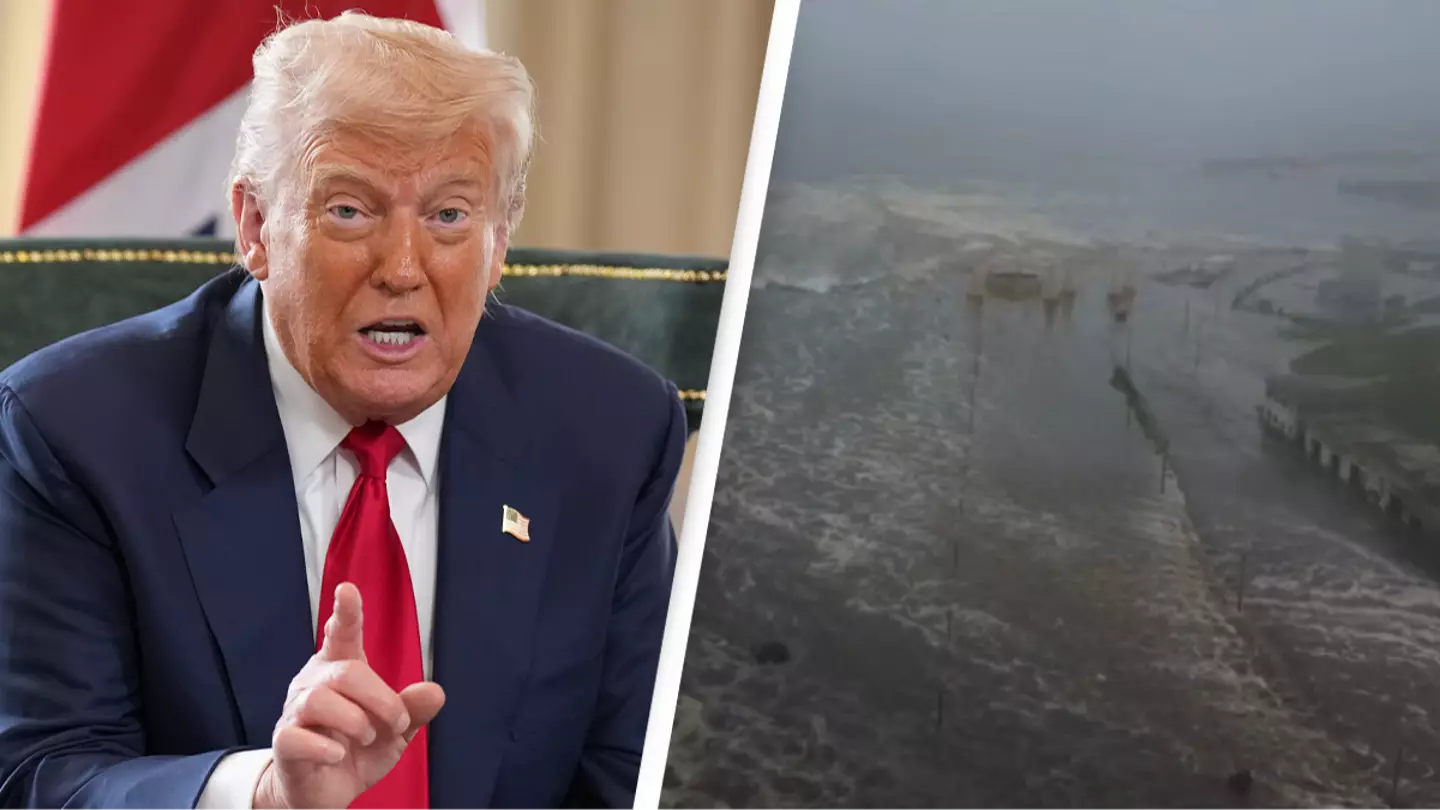Following a magnitude 8.8 earthquake that triggered tsunami warnings globally, the US government has released guidance on how to remain safe.
The earthquake, which occurred off the coast of Russia on July 30, led to millions being urged to evacuate from coastal regions in several countries including the US, Russia, Japan, the Philippines, Indonesia, Chile, Peru, and Ecuador.
This earthquake was recorded as the sixth-strongest ever, and shortly after, tsunami waves over five feet tall began to impact Hawaii’s coast.
In the US, areas such as the California coast from Cape Mendocino to the Oregon border were issued warnings, while advisories were announced for the remainder of the US West Coast, Alaska’s Aleutian Islands, and British Columbia, Canada.

Multiple islands in Hawaii, including Oahu and Kauai, activated tsunami warnings due to the earthquake.
Evacuation orders were executed in coastal regions with the Honolulu Department of Emergency Management advising, “Take Action! Destructive tsunami waves expected.”
Efforts were made to open a mountain pass for evacuation from Waianae, though the warning for Hawaii was later reduced to an advisory level.
This advisory indicates there remains a risk of strong waves, currents, and some flooding, but a significant tsunami is not anticipated, allowing evacuees to return home.
As of July 30, the US National Weather Service maintained its tsunami warning for coastal areas from Cape Mendocino, California, to the Oregon/California border.
The agency advised: “If you are located in this coastal area, move inland to higher ground. Tsunami warnings mean that a tsunami with significant inundation is possible or is already occurring. Tsunamis are a series of waves dangerous many hours after initial arrival time. The first wave may not be the largest.”

As regions remain vigilant, the US government continues to provide safety advice in the face of potential high waves and flooding.
Warnings highlight that tsunamis can travel at speeds of 20-30 miles per hour with waves that can reach 10-100 feet, posing a risk of injury or death and causing destruction to buildings.
To maintain safety, the government advises those under a tsunami warning to heed the signs of a tsunami, such as a loud ocean roar or unusual ocean behavior, including a sudden rise or wall of water.
For evacuation, it is recommended to plan routes and identify shelters that are 100 feet or more above sea level or at least one mile inland.

The advice includes: “Create a family emergency communication plan that has an out-of-state contact. Plan where to meet if you get separated,” and “Sign up for your community’s warning system.”
Post-tsunami, the government advises saving phone calls for emergencies, using texts or social media to contact family and avoiding floodwaters to prevent contact with dangerous debris and the risk of electrocution from damaged power lines.
It is also advised to “Stay away from damaged buildings, roads and bridges,” and “If you become injured or sick and need medical attention, contact your healthcare provider and shelter in place, if possible. Call 9-1-1 if you are experiencing a medical emergency.”
Following the tsunami, Trump issued an advisory on Truth Social: “Due to a massive earthquake that occurred in the Pacific Ocean, a Tsunami Warning is in effect for those living in Hawaii. A Tsunami Watch is in effect for Alaska and the Pacific Coast of the United States. Japan is also in the way. Please visit tsunami.gov/ for the latest information. STAY STRONG AND STAY SAFE!”

